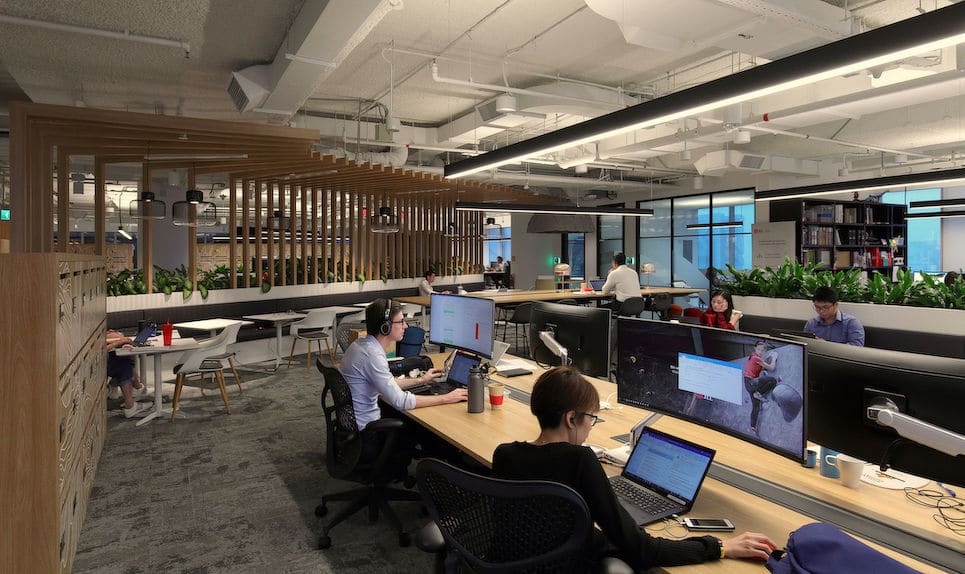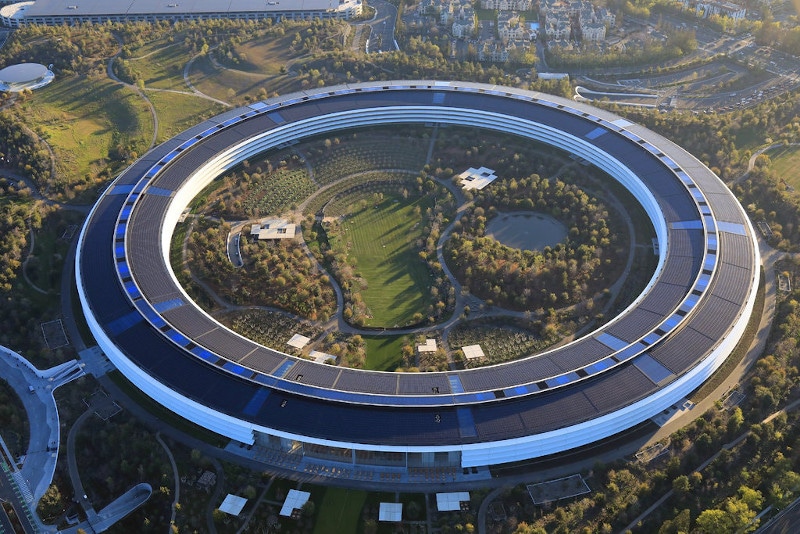Caught by Covid-19 ‘s unparalleled effects and steep technological shifts, companies are rethinking the position of their physical offices. We have an obligation of responsibility to lift the standard on wellbeing and well-being as more workers return to traditional workplaces, thus transitioning to a more fluid dynamic of employment.
In order to help adapt to pandemic threats and implement smart technologies to better serve the well-being of workers, proactive developers and stakeholders are re-imagining their office and workplace offerings.
Changes in Office Space Requirements
Covid-19 showed that analysis can be carried out remotely. Many workers celebrate flexible jobs, since it implies eliminating time spent on regular commutes and public transit-related dangers. For example, one or two days of remote work and the rest of the week in the office; or drop-in regional hubs for workers to share smaller offices closer to home, complemented by a CBD office, hybrid work configurations are likely to be more popular.
A new CFO survey by global consulting company Gartner showed that almost three in four CFOs expect to permanently convert at least 5 percent of their employees to virtual positions post-Covid-19.
Increased hygiene focus will contribute to a desire for more dedicated and generous working conditions, a reversal of recent developments in higher hot-desking and sharing workspaces. Increased spatial distance and lower density of the workplace lead to more room per person.
Covid-19 has created disruption and forced exclusion, but it is crucial that firms maximize competitiveness, re-engage workers and seek creativity when constraints are removed. The market for new workplaces is probably re-ignited by this. Well-designed workplaces improve human connection, transfer of expertise as well as creativity , teamwork and faith in fuel.
In a more systemic and long-term perspective, wise companies now recognize that the office is a minor expense compared to their workers’ costs; and that a positive workplace offers material efficiency benefits and a meaningful return on investment. Workplace administrators have moved their approach from “housing workers” to “creating conditions that maximize their employees’ well-being and involvement.”
Purpose of Workspace with WFM?
How would the position of the workplace develop in this modified paradigm? Employers have the duty to re-think their physical workplace and how it is utilized. Many of the obvious developments linked to the pandemic were patterns that were still in effect. Working from home, improved productivity, digital enhancement, internet purchases, and the appreciation of wellness and well-being have changed workplaces during the past decade. The pandemic, though, has intensified these patterns to become mainstream criteria.
Administration, routine transactions or being task-oriented are no longer the bulk of human work. Modern companies focus on creativity, innovative thinking, creating trust, encouraging action, and recruiting and maintaining talent. Technology-aligned and solution-focused, inspiring issue solving and building innovative value-adding channels would be the prosperous companies of tomorrow. For this future, plurality of thinking, human engagement, talent growth and learning are all fundamental.
The workplace will no longer only be a work place. It must be a venue for cooperation and the development of technical and social relations. While virtual meetings have proved to be an efficient workaround, they do not substitute for the faith and determination inherent in face-to – face contact. It decreases variety, hampers spontaneity and narrows viewpoints by focusing only on digital instruments. A safe, inspiring and collaborative physical workplace is important to strong organizational principles and business performance. A mixture of providing a physical appearance complemented by a virtual working atmosphere would be the workspace of the future.
Covid Pandemic Changes Business Operations with New Norm

Recent business surveys have reiterated that connections between well-being and physical work lead to efficiency growth, and that cooperation is crucial. Proactive companies can need to engage in supportive environments where workers can collaborate, while still ensuring accessibility and technologies for their employees to function in virtual teams. The workplace will not be a “either / or” but would have tangible as well as technical worlds. Meeting spaces integrating smart technologies and higher-quality collaboration, wellness and well-being amenities can be reserved more space in workplaces.
Although the danger of the pandemic persists, workplaces will adapt and incorporate higher cleanliness levels more comparable to those of healthcare facilities, such as the usage of ultraviolet germicidal irradiation (UVGI) to increase air hygiene and the implementation of contactless sharing surfaces utilizing face and voice recognition technologies that are app-operated or sensor-activated. The emergence of pandemic-resistant buildings utilizing antimicrobial materials identical to hospital and laboratory architecture or oligodynamic metal surfaces such as iron, brass and bronze “self-disinfecting” can also be noticed.
Further advances in heating , ventilation and air-conditioning technology would enable hospital-grade air quality to be delivered by workplace environments. It would become more prevalent with high-efficiency air filtration, mixed-mode ventilation systems, fresh air intakes, operable windows and separated air-handling devices.
Accelerated Workspace Evolution
The new pandemic has accelerated how organizations decide their mission and approach to the workplace. The push to increase well-being and competitiveness, for example, would contribute to more biophilic architecture elements to include a connection to the natural world and to complement robust well-being services to enhance the experience of workers.
The workplace is not going anywhere, and the insights from Covid-19’s mass telecommuting experience underscore the need for workers to have access to a common physical space that supports and celebrates the ethos, ideals and identity of a business. It is a space where partnership and ingenuity can grow and where people can create professional and social networks.
Companies may experience a change in attitude from considering the physical office as an administrative cost to an opportunity that will increase employee morale directly.
A positive workplace is a very strong instrument for the potential of a company to retain leading talent and consumers. There is intensified demand to generate value , improve efficiency and develop resilience in a post-Covid-19 environment. Workplaces of excellence are more important than ever today.



